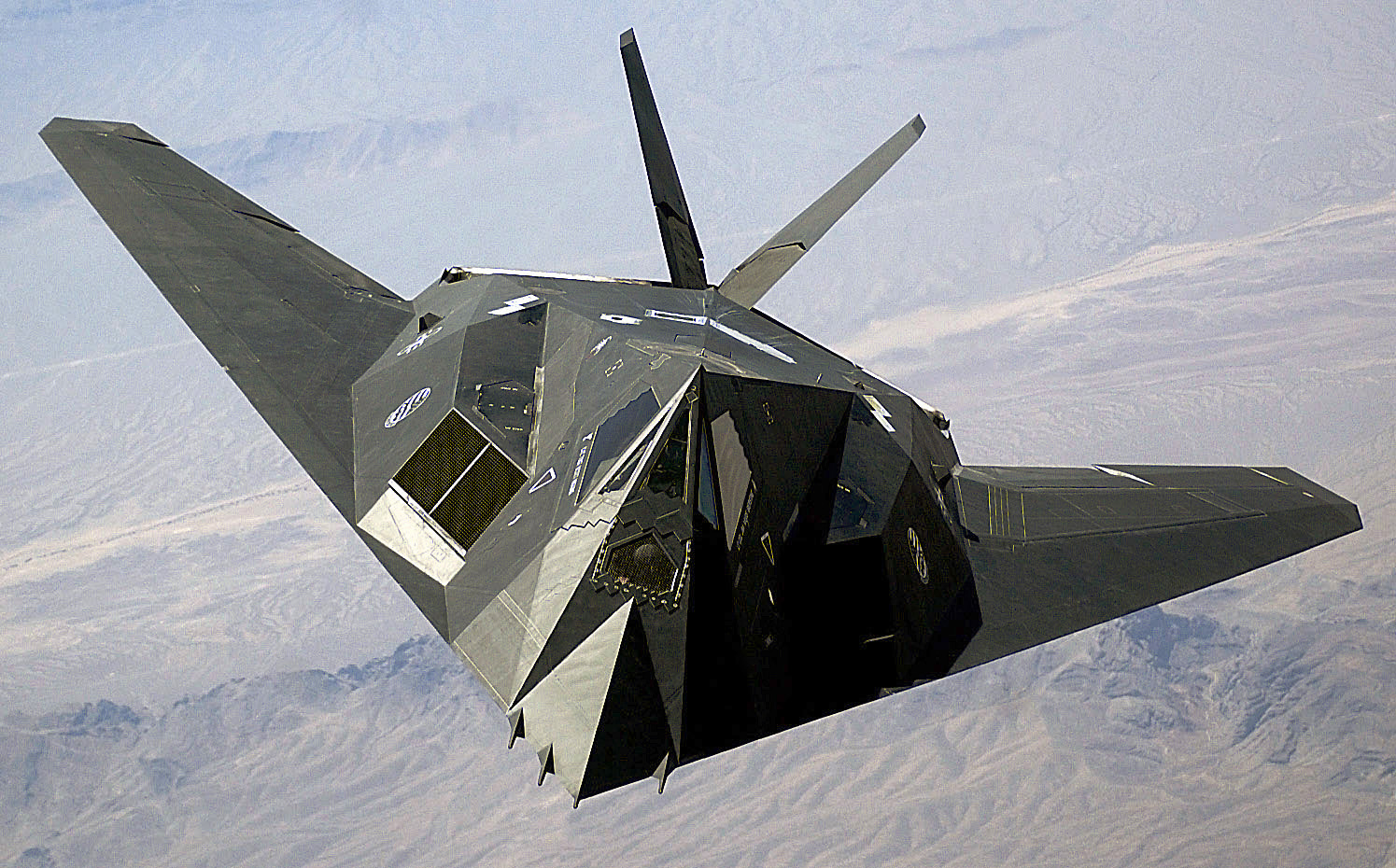Share

In the first of a multi-part series, our regular bloggers—and the occasional new face—share their thoughts about what 2017 will bring to the world of rugged embedded computing.
Ross Newman
The battle for AI dominance is going to be a big theme in 2017 with NVIDIA and Intel fighting it out. NVIDIA has already announced a slew of products designed for deep learning in data centers and lower powered embedded processors for inference, targeted specifically at automotive, drones and industrial applications.
Intel has also announced products based on the Xeon processor architecture that will be modified to meet the specific requirements of deep learning and, with its acquisition of Altera, has a plan to deploy its low powered FPGAs into embedded applications putting it in direct competition with NVIDIA.
Larry Schaffer
As must be obvious now, the change of administration will have a profound effect on military spending. I predict that more emphasis will be placed on improving / modernizing existing assets in an effort to rapidly gain back a visible prowess in the face of growing militaristic moves in Europe and the Far East. Sequestration will end and funds for initiatives long delayed will now be kicked into gear.
On the technology side, Situational Awareness will grow in significance. Engagements (hot and cold) will require greater cognizance of real-time situations. SIGINT and ISR systems will need greater performance, adopting new sensor developments and placing greater demands on processing and communications.
Cybersecurity is clearly a crucial issue for the coming year. Largely-proven allegations of hacking in the 2016 US election have driven this to a high level of public awareness, raising anxiety over threats to civilian infrastructure, which will force legislative action (investigations and likely increased funding).
Andy West
The increasing costs and technology lag of deriving ground-up custom in-house designs for Safety Critical computer equipment will be driving OEMs serving this area to reach out to COTs vendors more than ever in 2017. Still greater impetus will be provided by the expected FAA / EASA approval of multi-core platforms (also with COTS operating system support from multiple vendors) early in the year. Beyond this, availability of DO-254 DAL A-capable COTs hardware such as the Abaco Systems SBC314 single board computer and FORCE2 rugged mission and display computer, use of which reduces the cost, timescale and risk for the OEMs, and which are now gaining traction with accounts.
